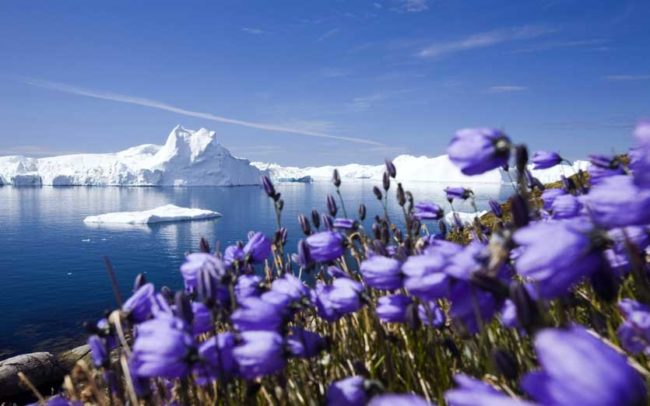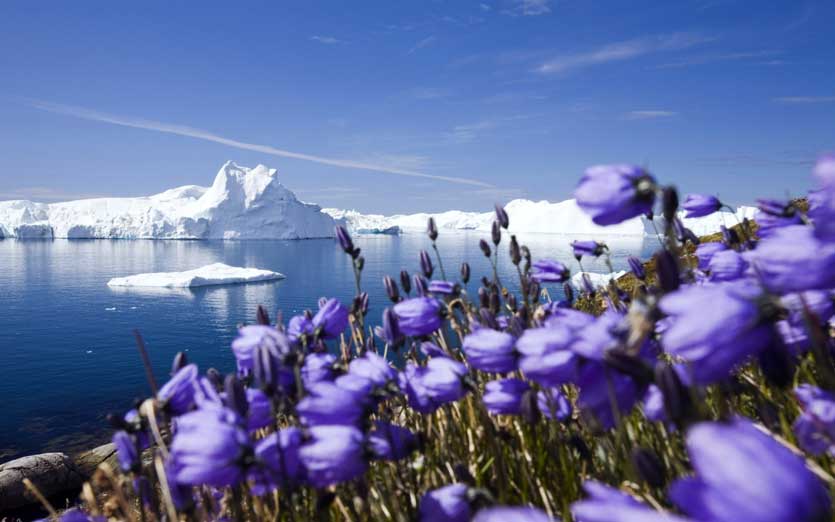
There is a new study that examines 86 years worth of events that are tracked to mark the start of spring in the higher latitudes. The term used to describe the study of seasonal changes is Phenology. This is the study of periodic plant and animal life cycle events and so tracking those has previously revealed that spring in these higher latitudes is arriving earlier and earlier.
That has been known for some time, but something new emerges from this study.
The further north you look, the earlier you find spring arriving. It appears to be a curve. If you are in LA then it will be one day earlier, but look further north to the Arctic, the area that has seen the greatest warming tend, and you find that things are about two weeks earlier than previously recorded.
Why?
Two words: Climate Change.
Let’s take a brief look at this new study.
Acceleration of phenological advance and warming with latitude over the past century
The full scientific report is available online and is authored by Eric Post, Byron A. Steinman, and Michael E. Mann.
Side Note: Yes, that is “The” Michael E. Man, the Hockey Stick guy.
What exactly is being measured?
Spring events span a broad array of life history traits and taxonomic groups, including plants, invertebrates, amphibians, birds, and mammals across most of Earth’s biomes. For instance, earlier onset of spring events such as green-up and flowering in plants, migratory arrival in birds, calling and spawning in amphibians, and emergence in insects.
What is new about this study?
To date, support for the notion that rates of phenological advance have been greater at higher than at lower latitudes, and that this difference is due to more pronounced warming at higher latitudes, has been largely piecemeal. This study aims to bring some rigour to this.
What did it reveal?
In all periods from 1968 onward, the rate of warming was strongly non-linearly related to latitude. The rate of warming increasing dramatically with latitude northward of approximately 59°N.
The acceleration of warming with latitude has likely contributed to an acceleration of phenological advance along the same gradient.
“This study verifies observations that have been circulating in the scientific community and popular reports for years. What our study adds is that we connect such differences to more rapid springtime warming at higher latitudes.” – Eric Post, lead author of the research.
Impacts?
Birds take local cues from seasonal changes to migrate north. But that might not be as reliable as it once was …
“Whatever cues they’re relying on to move northward for spring might not be reliable predictors of food availability once they get there if the onset of spring at these higher latitudes is amplified by future warming, The springtime emergence of the plants and insects they’ll eat when they arrive is happening faster than the changes at the lower latitudes those birds are departing from.” – Eric Post
